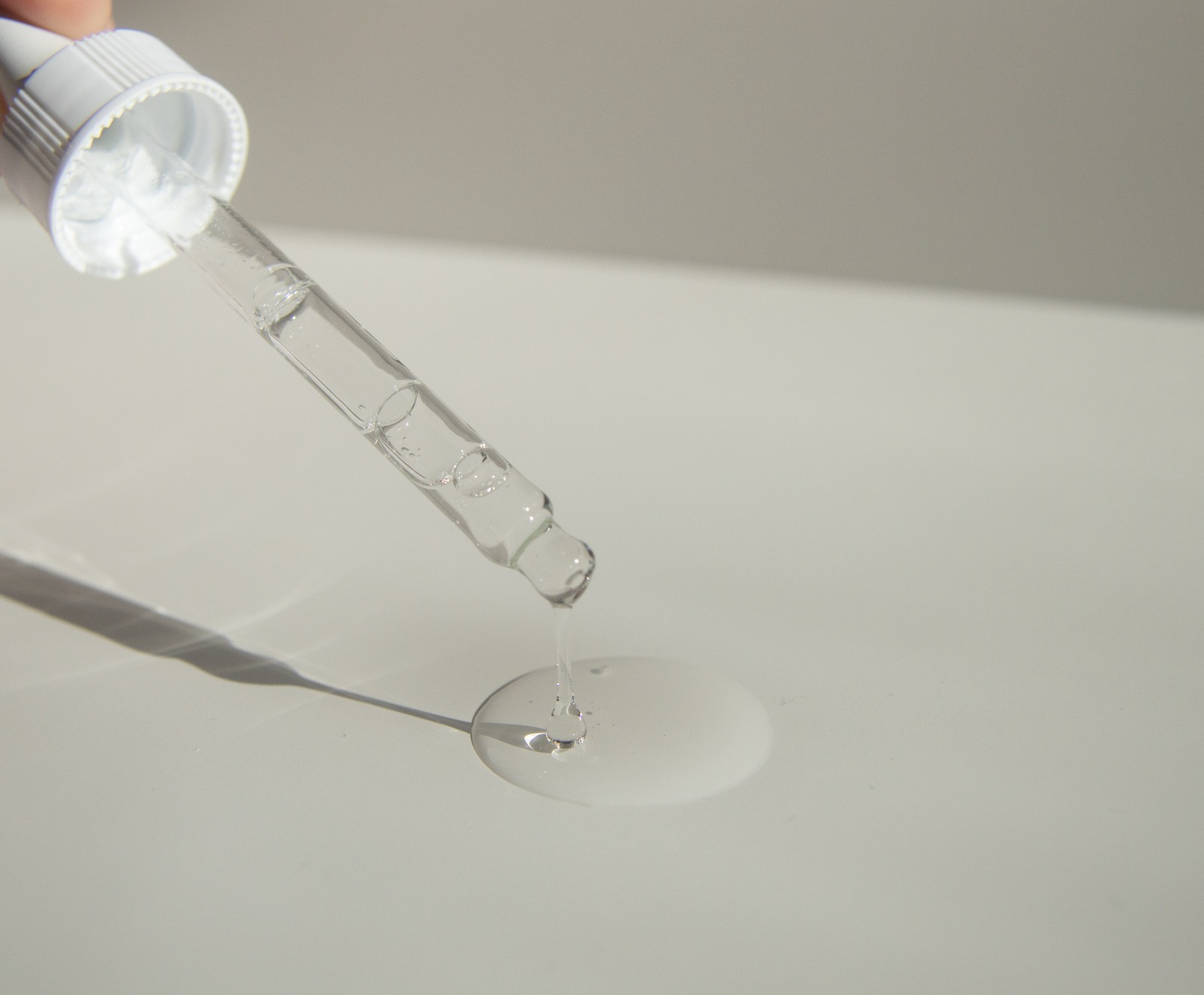Microbial testing may sound like a complicated and scientific process, but it’s actually a crucial part of our daily lives. It’s a process that helps to ensure that the food we eat, the water we drink, and the environment we live in are safe and free from harmful microorganisms.
Microorganism identification, quantification, and characterization are critical in ensuring the safety, quality, and efficacy of products and services. Microbial testing is done in a variety of ways, including culture-based, genomic, and biochemical techniques.
In this blog, we’ll take a closer look at the world of microbial testing, and we’ll explain it in a way that’s easy to understand and, dare we say, fun!
What are Microorganisms
First of all, let’s talk about what microorganisms are. Microorganisms are tiny living things that are too small to see with the naked eye. They include things like bacteria, viruses, and fungi. Some microorganisms are good for us, like the bacteria that live in our gut and help us digest our food. But other microorganisms can be harmful and can make us sick. That’s where microbial testing comes in.
Microbial testing is the process of testing for the presence of microorganisms in a particular substance, like food, water, or soil. It’s a way to make sure that the things we eat, drink, and come into contact with are safe and free from harmful microorganisms. Microbial testing is used in a variety of different industries, like the food and beverage industry, the water treatment industry, and the pharmaceutical industry.
So, how does microbial testing actually work? Well, there are a few different methods that can be used.
Methods in Microbial Testing
Microbial testing is done in a variety of ways, including culture-based, molecular-based, genomic, and biochemical techniques.
Culture-based testing
This method is like a science experiment. It involves taking a small sample of the substance being tested, like a piece of food or a drop of water, and putting it in a special dish called a culture dish. The culture dish is filled with a special substance called a culture medium, which is like food for microorganisms. The sample is then left to sit in a warm, dark place for a few days to see if any microorganisms grow.
If microorganisms do grow, then the culture dish is examined to see what kind of microorganisms are present. This is where things can get a little complicated, as there are many different types of microorganisms, and they all look different under a microscope. But the basic idea is that the microorganisms are identified and tested to see if they are harmful or not.
Molecular-based Testing
Another method of microbial testing is molecular-based testing, which involves the use of DNA or RNA to detect the presence of microorganisms. This method is more complicated and scientific, but it’s also more accurate and can detect smaller amounts of microorganisms.
Genomic Testing
Genomic methods identify and quantify microorganisms in various samples using DNA-based techniques. Polymerase chain reaction (PCR) and next-generation sequencing (NGS) are two of these methods that produce accurate and timely results. PCR has the ability to amplify specific DNA sequences, allowing for the detection of target microorganisms in small amounts. Because NGS can identify multiple microorganisms at the same time, it is well-suited for complex and diverse microbial communities. These methods necessitate specialized equipment and skilled personnel, and they may be more costly than cultural-based methods.
Biochemical Testing
Biochemical methods examine microorganisms based on their metabolic activities, such as their ability to use different substrates or produce different enzymes. These techniques can be used to identify microbial species and characterize their properties, such as virulence and drug resistance. They are frequently used in medical and pharmaceutical settings where specific microorganism identification is critical for diagnosis and treatment. They are, however, constrained by the need for specialized equipment and expertise.
In conclusion, microbial testing is an important aspect of various industries that involves the analysis of microorganisms in various samples. There are several methods available, including culture-based, genomic, and biochemical techniques, each with its own set of advantages and disadvantages. The method chosen is determined by several factors, including the purpose of the test, the type of sample, the required accuracy, and the available resources. Finally, microbial testing is critical for ensuring the safety, quality, and efficacy of products and services, as well as for protecting public health and the environment.
So, there you have it, a fun and easy-to-understand introduction to microbial testing. It may not be the most exciting topic in the world, but it’s a crucial part of our daily lives. Microbial testing helps to ensure that the things we eat, drink, and come into contact with are safe and free from harmful microorganisms. It’s a way to protect our health and well-being, and that’s something we can all get behind.

